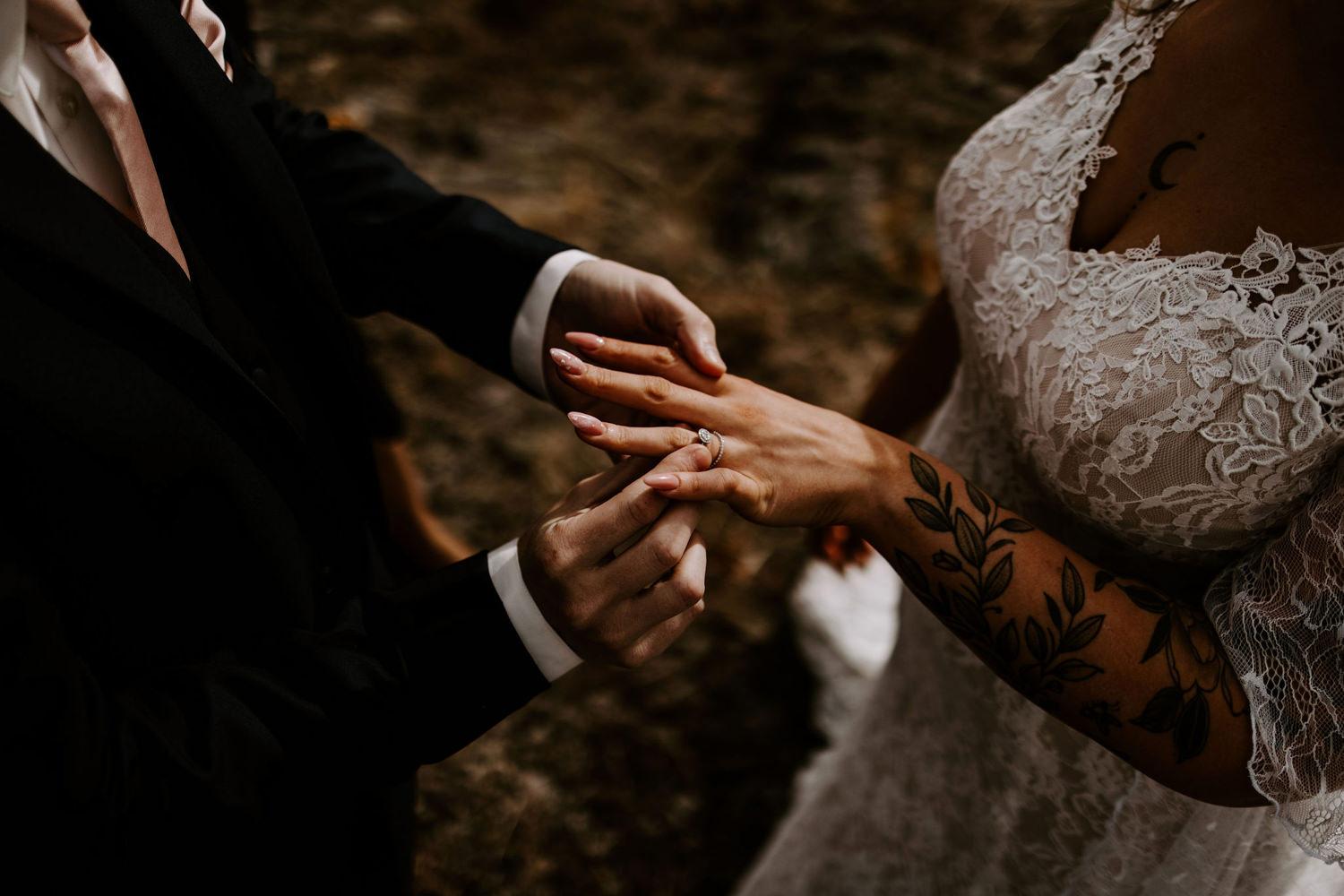Once seen as service providers, wedding photographers today are storytellers, creative directors—and in many cases, brands unto themselves.
The role of the wedding photographer has undergone one of the most dramatic evolutions in the entire wedding ecosystem. What was once a behind-the-scenes technical job has become a deeply creative, personal, and entrepreneurial craft.
In Canada and beyond, wedding photographers are no longer just capturing weddings—they’re shaping how they’re remembered, how they’re styled, and even how they’re planned.

The Shift from Vendor to Visionary
Then:
- Photographers were hired to document the day—their job was to show up, shoot, and deliver an album.
- The focus was on coverage and reliability, not artistry or brand identity.
- Most clients found photographers through referrals or local directories.
Now:
- Photographers are chosen for their aesthetic, emotional tone, and storytelling ability.
- They curate a consistent editing style, artistic voice, and online presence.
- Clients often find them via Instagram, Pinterest, publications, or blog features.
Today, couples aren’t just hiring someone to take pictures—they’re inviting a creative partner into their wedding day.
The Rise of Personal Brand in the Digital Era
Starting in the 2010s, wedding photographers began building intentional brands to stand out in a saturated market:
- Custom logos, websites, and editing presets became common.
- Photographers began showcasing their personality, values, and voice online.
- Many started blogging, teaching, or sharing behind-the-scenes content.
- Platforms like Instagram and TikTok made photographers influencers in their own right.
This branding shift created not just differentiation—but connection. Couples now choose photographers who reflect not just their taste, but their identity.

From Operator to Artist: The Craft Redefined
The rise of the photographer-artist also brought a transformation in approach:
- Many now act as creative directors on the wedding day—styling flatlays, guiding portraits, managing light.
- Some shoot weddings with the eye of a documentarian, while others take cues from fashion editorials.
- More photographers offer engagement shoots, elopement planning, album design, and even educational workshops for other creatives.
Wedding photography is no longer just about the photos. It’s about the experience, artistry, and legacy.
The Role of the Photographer in Shaping Trends
Photographers today are often at the forefront of wedding trends, including:
- Golden-hour first looks
- Intimate editorial portraiture
- Unposed, black-and-white candids
- Vintage film emulation
- Intentional storytelling through albums and social media narratives
In some cases, photographers are co-creating trends alongside stylists, planners, and influencers—and their work helps define what weddings look like in a given decade.

Challenges of the Photographer-as-Brand Model
While this evolution has brought creative freedom, it’s also brought pressure:
- Photographers are expected to be marketers, social media managers, editors, and entrepreneurs—often all at once.
- The constant push to “stay relevant” can lead to burnout.
- Personal branding sometimes blurs the line between authenticity and performance.
- And not every talented photographer wants—or needs—to be an influencer.
Still, the ability to build a brand has allowed more photographers—especially women, queer artists, and people of colour—to reach wider audiences and shape their own paths.
What This Means for Couples
Today, choosing a wedding photographer is more than reviewing portfolios. Couples are asking:
- Does their work reflect how we want to remember our wedding?
- Do they share our values or make us feel seen?
- Will they bring not just skill—but emotional intelligence—to our day?
The brand is often a stand-in for trust, taste, and creative compatibility.
Related Reading in This Series:
- The History of Wedding Photography: How We’ve Captured Love Through the Ages
- From Posed to Candid: How Wedding Photography Styles Evolved
- The First Wedding Photographs Ever Taken
- Film vs. Digital: A Love Story in Two Formats
- How Wedding Photography Changed with the Internet (and Instagram)
- The Role of Wedding Photography in Cultural Memory
- New Frontiers: Drone Photography, AI Editing, and the Future of the Craft